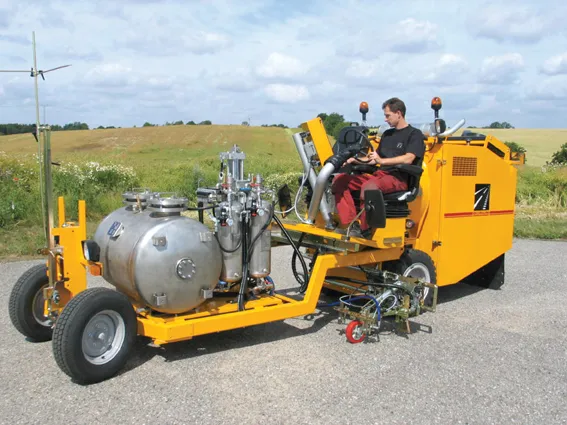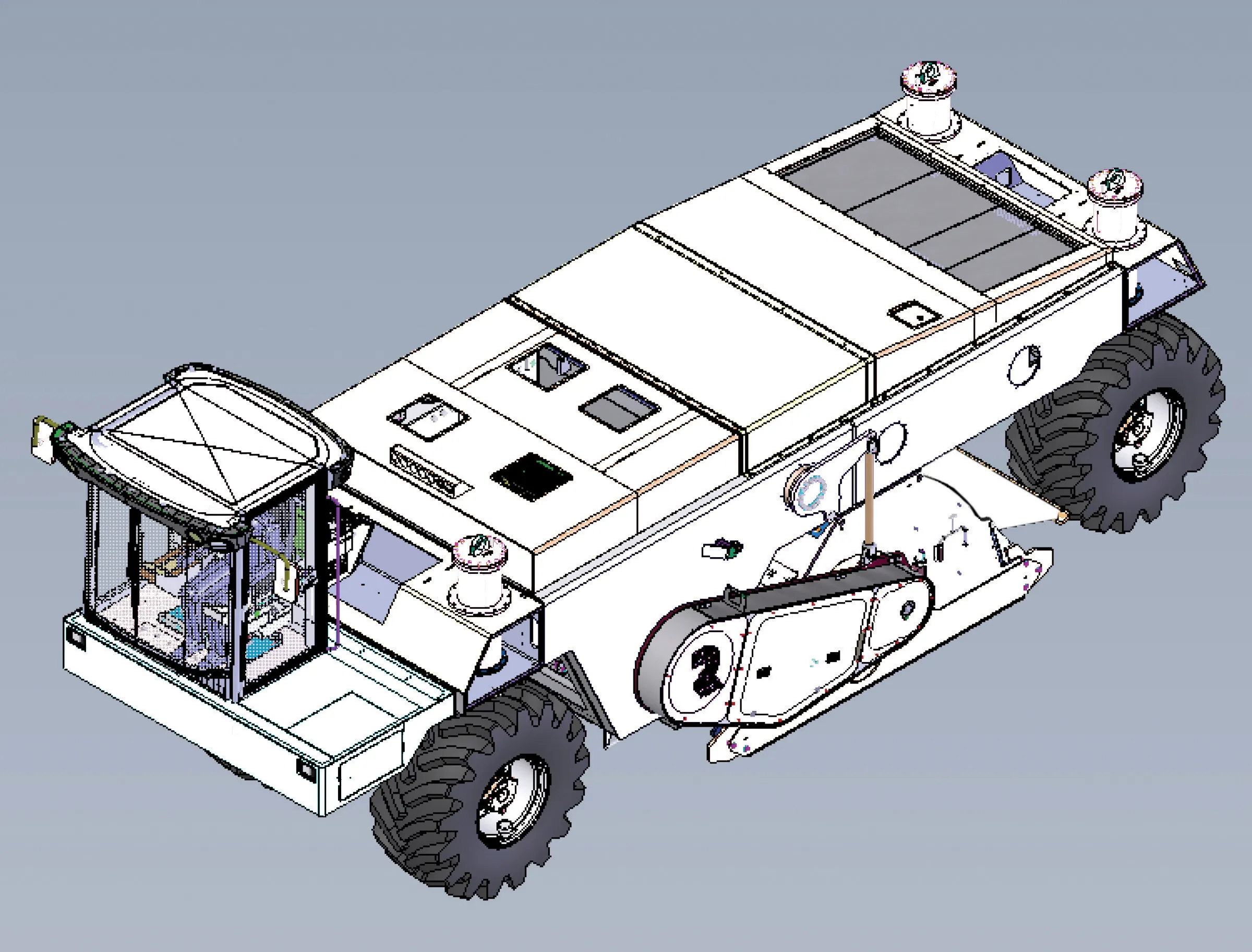Borum Industri's BM350-2 and BM500-2 road marking machines, introduced more than three years ago, represented a major improvement in function and reliability for customers, says the company. While feedback from customers and Borum's own service and after sales department shows the machines have performed very well, suggestions from customers offered ideas for further improvements.
July 12, 2012
Read time: 3 mins

While feedback from customers and Borum's own service and after sales department shows the machines have performed very well, suggestions from customers offered ideas for further improvements.
This is one of the main reasons why Borum is introducing its new Borum Master machine series, which at present consists of two lines: the Borum Master 3000 (replacing the BM 350-2) and the Borum Master 5000 (replacing the BM 500-2).
The new models have been developed by development manager Ingo Hansen and his small team, and he says that new basic machines are built on the same chassis-frame as the old, which is an advantage from a logistic point of view, resulting in less spare parts.
"Borum's experience shows that the toughest working conditions for our machines are in the Russian market, and we decided that our machines should be 'Russia proof' [often machines are used on patched roads]. This is introduced in the new design," says Hansen.
The tanks on the new models act as a solid support for the engine cover (so low that the driver has full view at the rear), and the whole construction has reduced the number of bolts considerably, meaning less work when servicing the machine.
The 71kW
"We have increased the diesel tank capacity to 180litres, and for most people this will be sufficient for a nine-hour working day without having to refuel," says Hansen.
The Borum Master 3000's material tank capacity for thermoplastic is 500litres (for the non-pressurised tank) and 450litres (for the pressurised tank) and 440litres or 2x440litres for cold paint, while the 5000 is offered with thermoplastic pressurised tanks of 630litres or 780litres; thermoplastic non-pressurised tanks of 660litres or 800litres and 440 or 2x440litres for cold paint.
The bead tank's total volume is increased to 330litres and is designed for 3 bar working pressure, offering the possibility of more than doubling the bead output compared to the previous design. It is divided into two separate tanks, making it possible to work with two bead types on the same day, and it is prepared for vacuum filling of beads (an ejector driven by the pneumatic system on the machines can fill approximately 70kg of beads/min). The regulator for the material tank pressure and atomising air is now within easy reach for the driver, and the newly introduced hand pump for brake release when the engine is not running is also standard on the new models.
The hydrostatic drive system for machines stays (single-speed wheel motors for the BM 3000 and double-speed motors for the BM 5000) and the maximum driving angle is 19% (11°) for the BM 3000 and 30% (16°) for the BM 5000.
Dual steering is standard on all Borum machines while for the new models optional cruise control is offered as on the present models.








